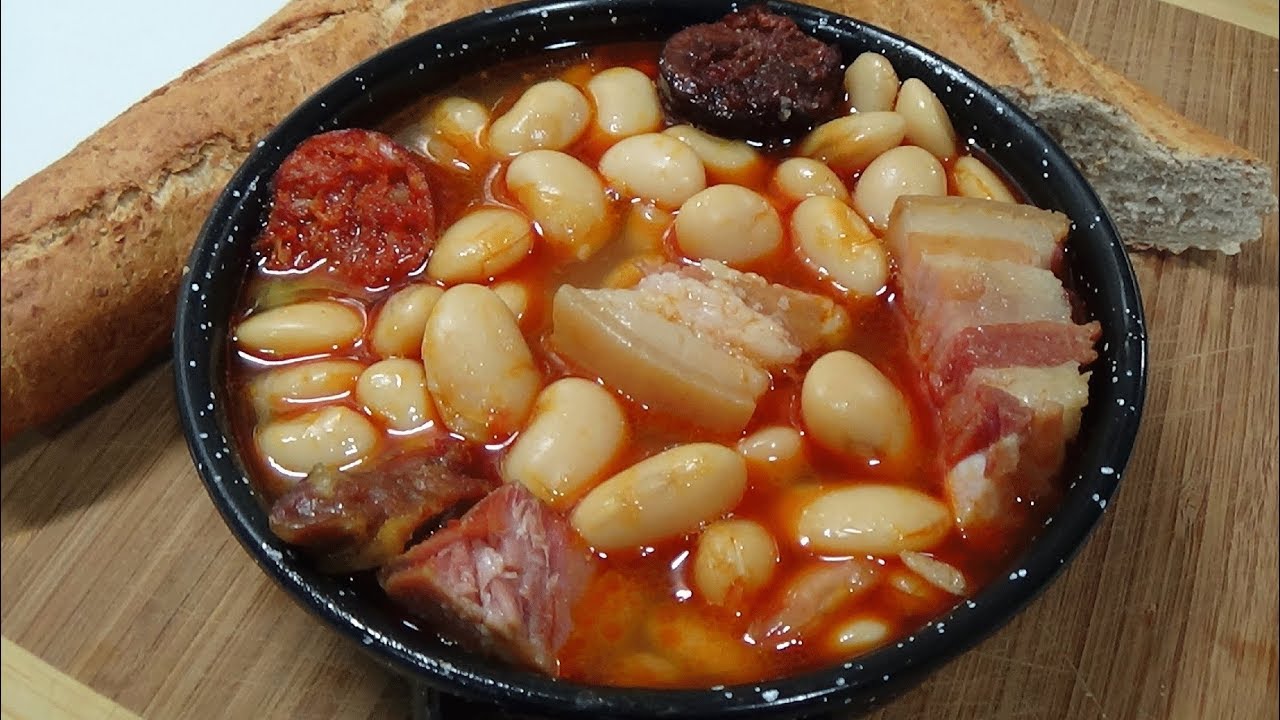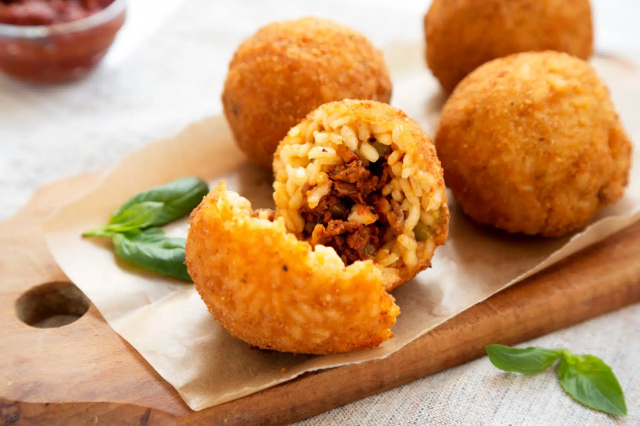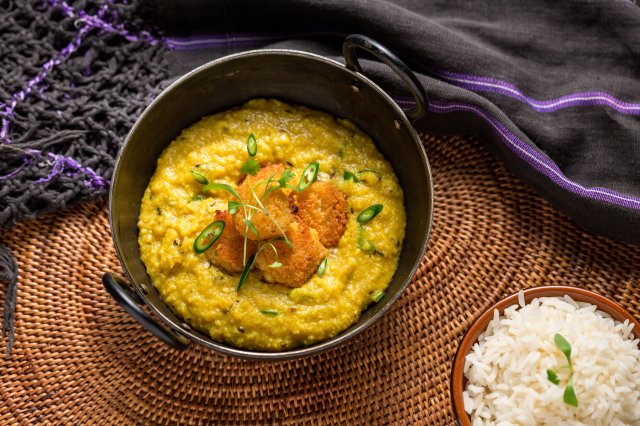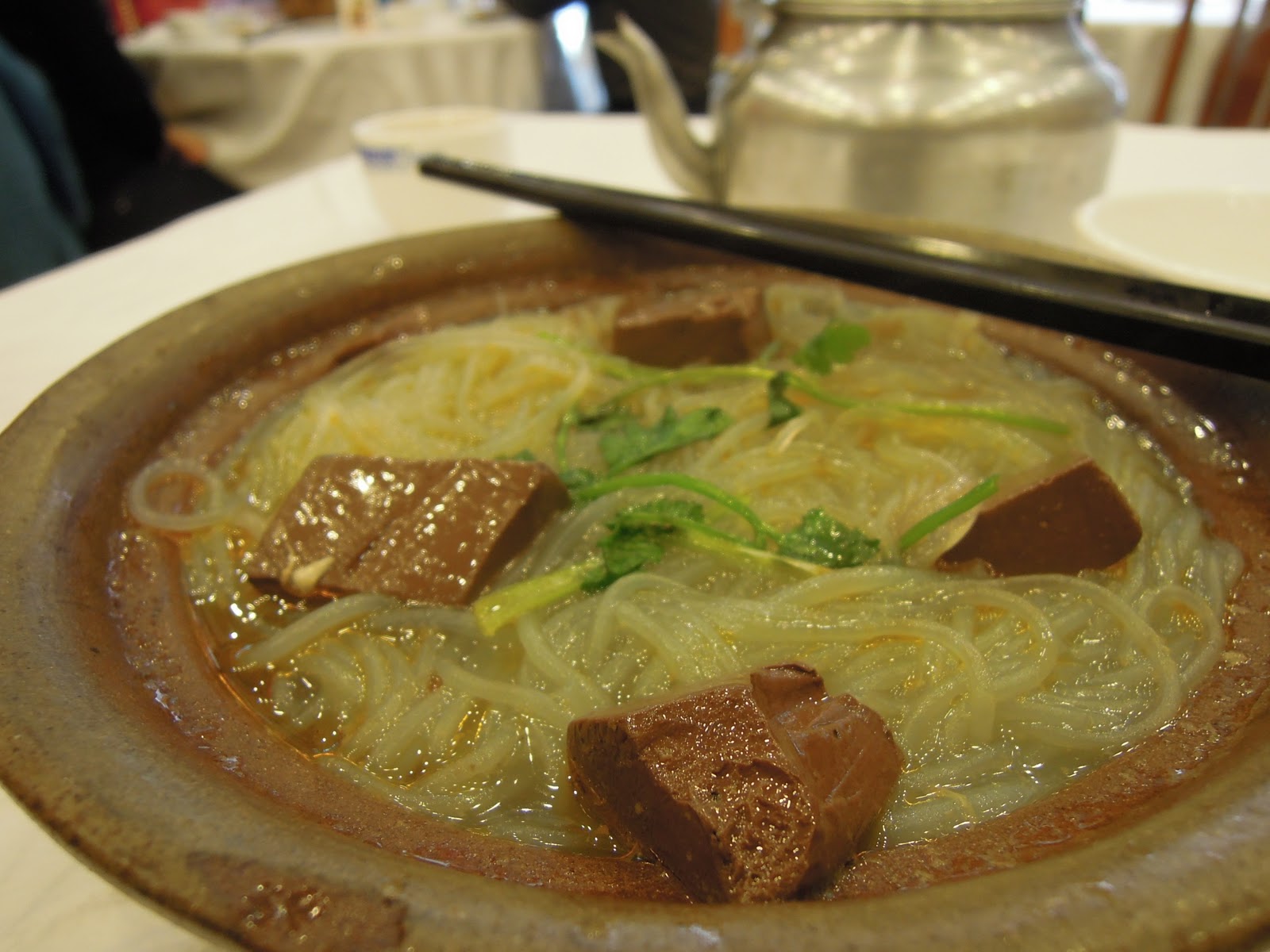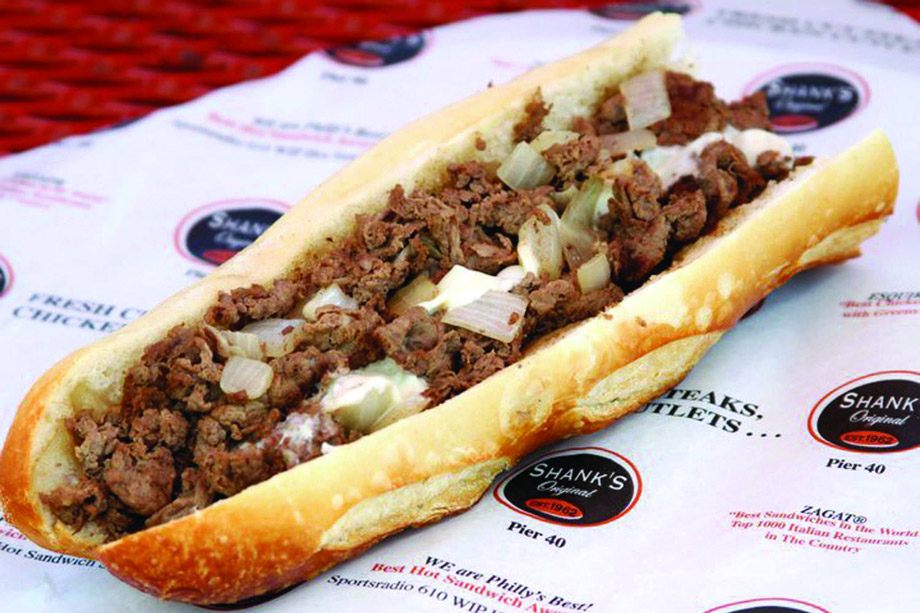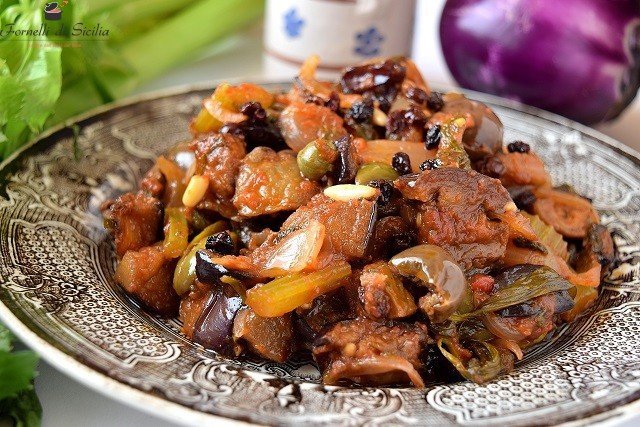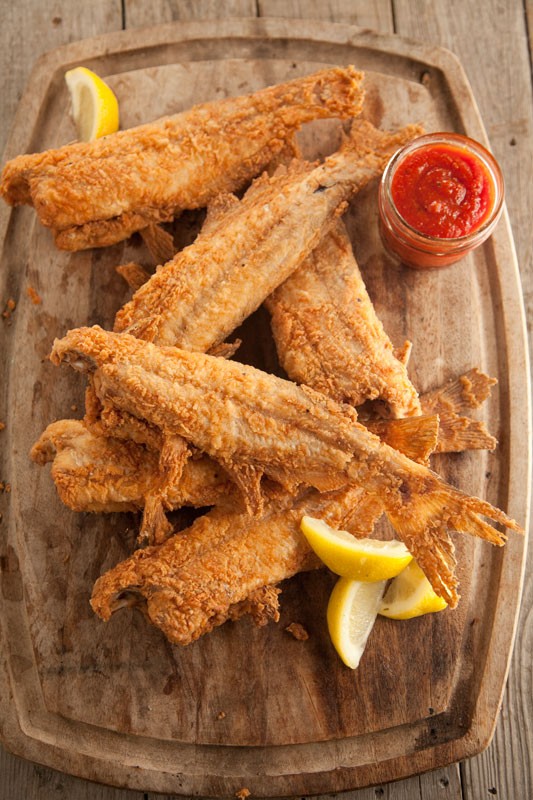The most universal dish in Asturias is the fabada. An abundant and popular dish, a source of energy above all, that has given the Principality great fame, its people part of its "grandon" mood and all the stomachs that host it an unforgettable "fartura". At this point this information is perogrullo. The problem is that behind this gastronomic truth hides a huge variety of Asturian beans and an endless number of parallel plates, with thousand ingredients, and in principle lighter, that we will also try to elucidate here.
The typically Asturian fabada has demanding traditional guidelines, and it is spoken of as unique and singular, sometimes without considering the other regional "fabistic" wealth, the typology of native beans that accompany as "misses" secondary to the queen of the regional recipes
Let’s see. Some of the most popular varieties of Asturian beans are: roxa, or colorá (to stew); Verdina (very fashionable, small and green to eat with eels or rabbit, seafood in general or game dishes); Fabones, or beans of May; that of the kidney (to serve with vegetables); the pint, the güeyín, the amarillina, the granjilla, etc, etc.
Jovellanos, in his diaries, speaks of Asturian fabas or beans which shows that, at least since the eighteenth century, this crop was widespread throughout the Principality, already brewing the neat quantity and quality of the varieties that we find today. The one that is usually associated with the fabada proper is that of the Farm or of the Healing. But it also offers a versatile versatility in its cooking. Apart from the one accompany the famous "compangu", this white grain bean, oblong, straight, long and flattened, large in size, is eaten with many other tasty and indigenous ingredients.
That said let’s focus on that masterful and specific fabada that prestige of Asturian beans in general and its multiple recipes. The fabada is the quintessential dish, so excellent that sometimes it is not even accompanied by a main course, but a digestive dessert. As said, it is made with "farm fabes" or "butter fabes," a kind of large, soft and very thin skinned bean, so typical of Asturias that, apparently, it does not thrive in other national gardens. Some people call it a "pillow", it is buttery on the palate when it is well cooked and the previous soaking considerably increases its volume.
